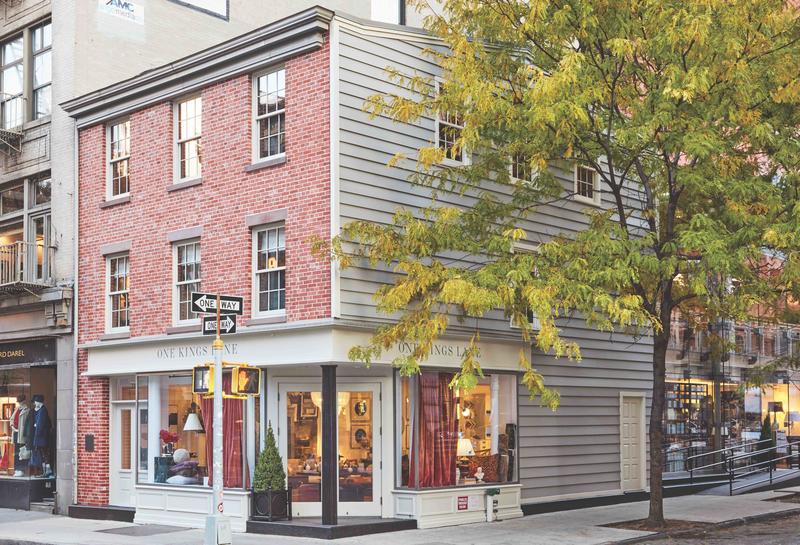Opening the doors to a store is just one step of today’s retail equation. You need an e-commerce platform, an Instagram strategy and a direct mail program—it’s no longer possible to just choose a lane and stick to it. “A brand has to know where to meet its customer and how to speak to them when they arrive at that channel,” says Mollie Kitchens, senior manager of PR and brand marketing at Ballard Designs. “And those channels and messages aren’t always the same for every company.”
An omnichannel sales and marketing strategy prioritizes establishing and maintaining a cohesive brand experience across all mediums—from the catalog, phone, and store or network of stores, to the desktop and mobile versions of a site, marketing emails and social media channels—in order to build a meaningful, consistent relationship with customers. (Omnichannel is often confused with multichannel, which refers to simply selling products on several channels—and which, in today’s retail environment, is no longer sufficient.) “The goal is to ensure a smooth transition between transactions occurring on both [online and offline] channels,” wrote digital marketing consultant Shane Barker in a recent article for Forbes. “It’s not enough that you just establish your presence on multiple channels. It’s not even enough that you make all of your touch points shoppable. What matters is that you focus on creating seamless transitions between multiple channels and touch points to ensure the best shopping experience for your customers.”


BOH subscribers and BOH Insiders.









































